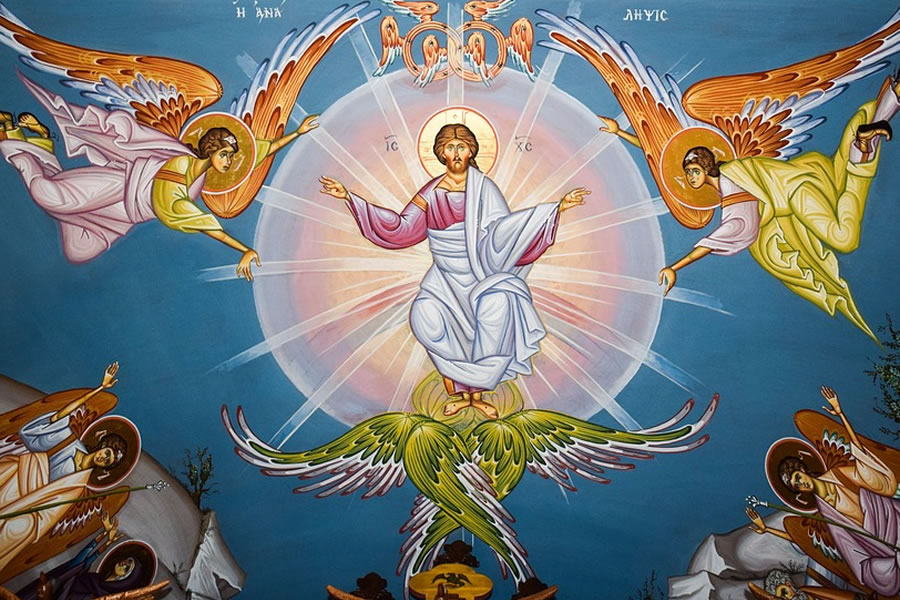
Jesus our Model
by Tommy Shultz | 05/12/2024 | Gospel ReflectionHere we are at the Solemnity of the Ascension, one of the highest feast days in the Church calendar. We hear the story of the Ascension in the Gospel today, but notice what comes right before Jesus ascends into heaven. He asks for the apostles to go out to all the world and preach the good news.
The way I see it, Jesus didn't just come to die for our sins and open the gates of heaven. That would have been more than enough, of course, but it seems pretty clear from today's Gospel that Jesus also came to be our model. He came to show us what it truly means to be human, how to act, and what our destiny is.
Continue
Who Needs Love?
by Tom Schmidt | 05/05/2024 | Gospel ReflectionPart of the first reading from Acts that we don’t hear is a vision Peter has, in which God tells him that all foods are OK to eat; no longer are some unclean. He later realizes that the vision was a symbol that all people are “clean,” Gentiles as well as Jews. All are called to have faith in Jesus. Not all of the early Christians understood. The Jewish Christians were shocked that the Holy Spirit would give gifts, such as speaking in tongues, to Gentiles. Especially Gentiles who had not been baptized.
Continue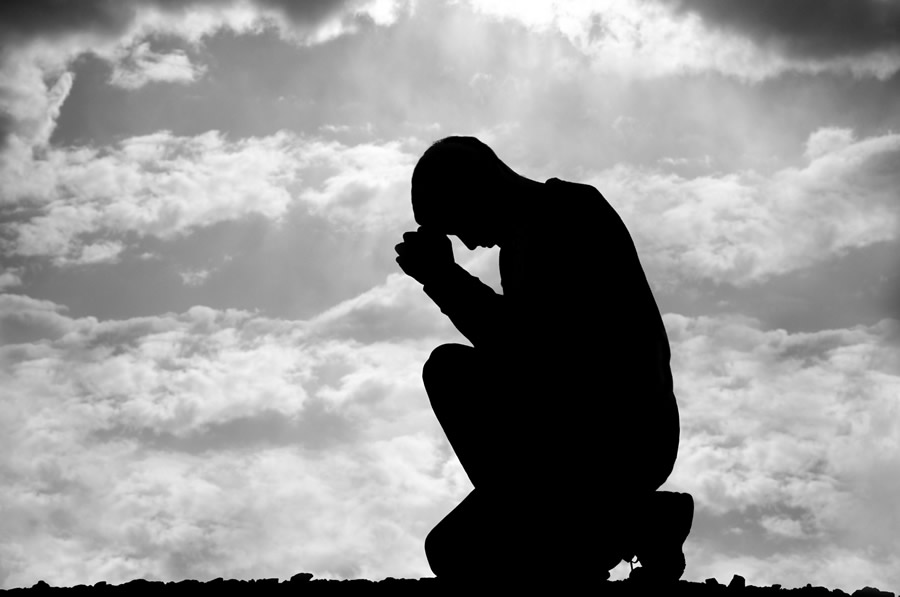
Sharing the Faith
by Tommy Shultz | 04/28/2024 | Gospel ReflectionThe beauty of this Easter season is that the Word became flesh, died for our sins, conquered death, and gives us access to the Father. Each of these remarkable events point to the fact that our faith is real, tangible, even corporeal. Though we all have a personal relationship with God in the very depths of our hearts, as human beings, we are meant to share our hearts with the world. In other words, we should not be keeping our faith in our hearts, but bringing it to the world.
Continue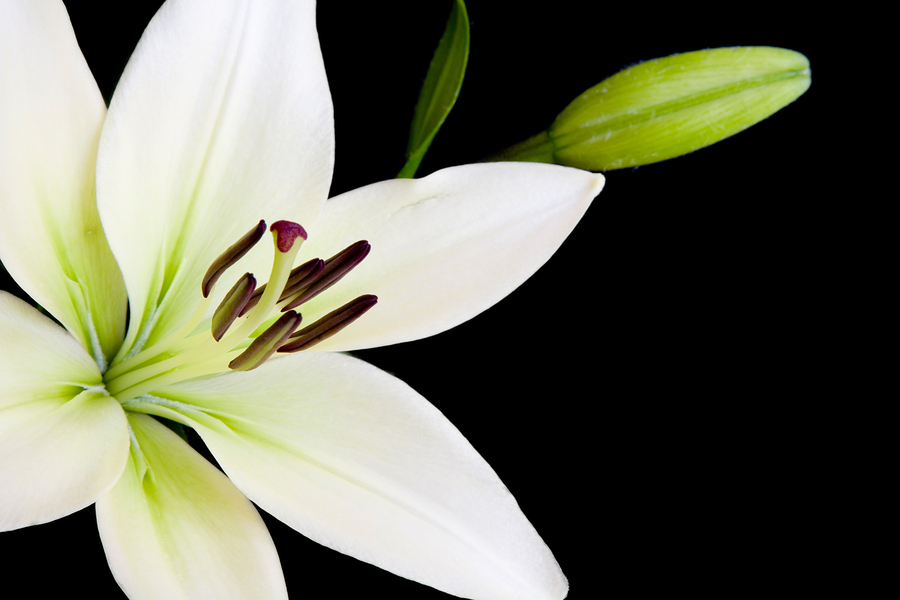
Fourth Sunday of Easter - The Rejected Savior
by Tom Schmidt | 04/21/2024 | Gospel ReflectionIn the reading from Acts, Peter explains to the leaders of Israel how they cured a crippled man. They probably expected Peter to take credit for the cure, so they were waiting for him to hang himself by his words. Peter, of course, gives the credit to Jesus and then makes two important points.
Continue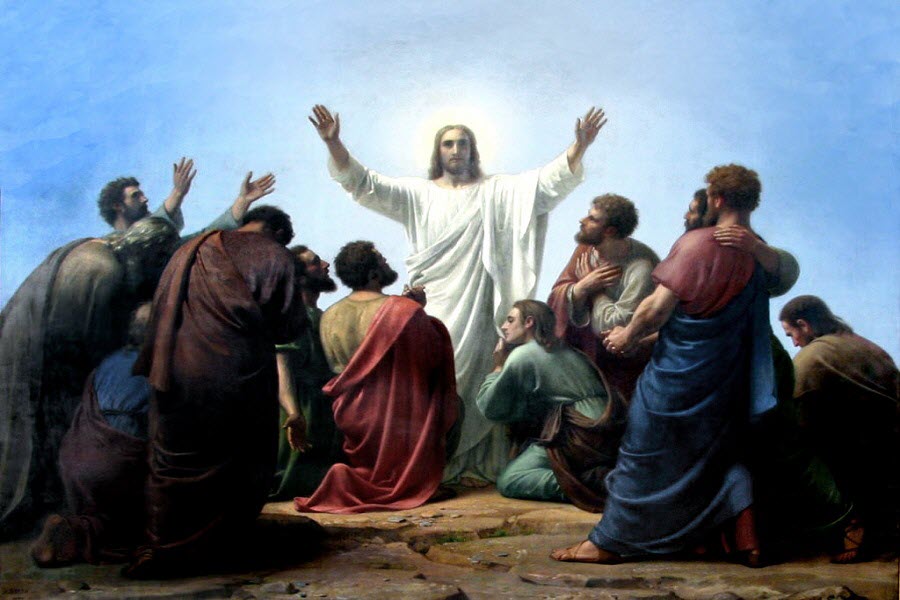
The Wounds of Christ
04/14/2024 | Gospel ReflectionBack in 2007, a group of researchers compared the amount of food consumed between two groups. They were curious to discover if the evidence of food already eaten (in this case, individuals were given chicken wings to eat while watching a football game) would impact the amount they ate altogether. They found that the participants ate less at the tables where the bones were left out in plain sight in comparison to the tables where the bones were removed. “The results suggest that people restrict their consumption when evidence of food consumed is available to signal how much food they have eaten.” (Brian Wansink, Cornell Chronicle, April 9, 2007).
Continue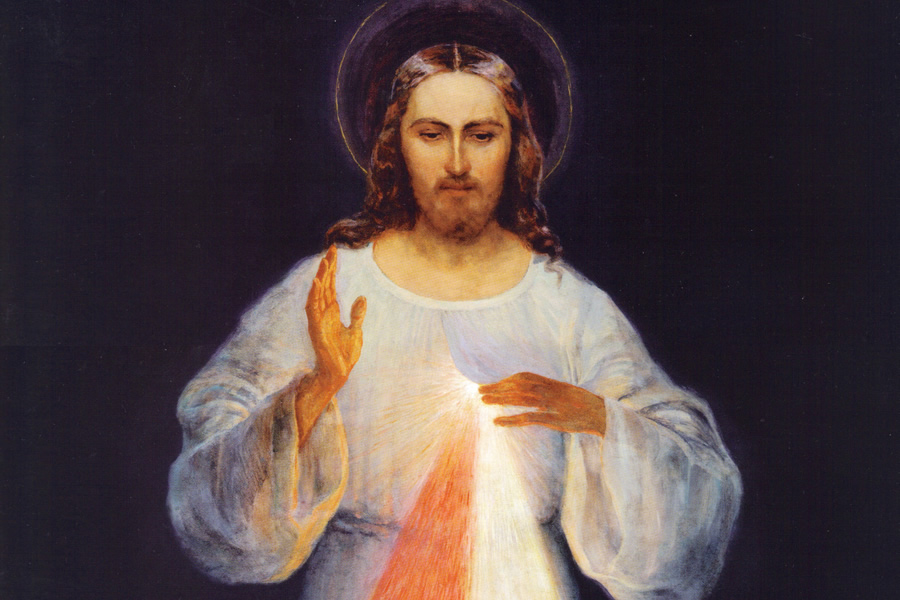
Peace Be With You
by Alexis Dallara-Marsh | 04/07/2024 | Gospel ReflectionChapter 20 of the Gospel of John emphasizes Peace and the Holy Spirit abiding within us. Christ's first word following His death is "Peace". I do not find that I am naturally a peaceful person. I tend to get easily distracted and upset by life not being "fair", or agitated when things do not go exactly as I had planned. I am flawed. Yet so much greater than this is that I am also loved. Above all else, Christ has laid down his life for me. I owe it to Him to do my best to try to find an inner peace. It is often a battle. My mind races at night, dwelling on what might go wrong. It is by listening to the word of God that I calmed down and am reminded of who I really am. Through dedicating my time to Him in prayer and good deeds, He will rejuvenate me, like the Living Water He declares to the Samaritan woman.
Continue